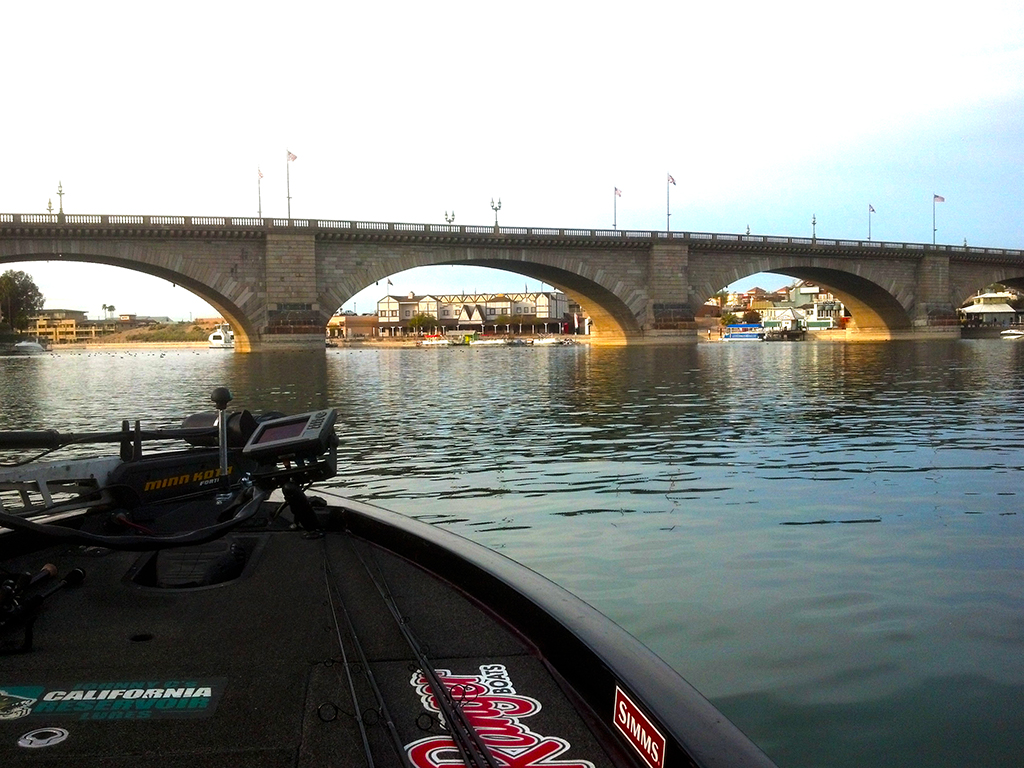Darin Murphy is still the Prop Doctor, with 16 years experience repairing boat propellers and doing business in the Houston area. There are a few significant changes in his business this year, however.
First, his main location has moved. He is now on the west side of I-45 at 22303 I-45 North. You still take the Spring-Stuebner exit to get there, but now the Prop Doctor is right on the freeway and is easier to get to. The building is larger, too.
Darin’s younger brother, Sean, shop foreman, thinks the move was a very good idea. “We hope to increase retail traffic,” he says. “Our new location is much more accessible and it’s a bigger building to handle our increased workload.” The new building is more than 3000 square feet, which is twice the size of their former building.
Darin says one of the things he likes most about their new location is the Prop Doctor can be seen from the highway. “You can’t miss us.”
Another change in the Prop Doctor this year is their new location. It serves as a drop-off station for propellers and is located on 105 West next to Quality Marine.
At this new location, they are also starting a boat trailer repair business. Dickey Lightfoot, who operates their 105 store, has been repairing boat trailers for over 10 years. His business,
Rol-ex Trailers, Inc., works with the Prop Doctor to supply boaters with assistance. “My trailer repair service also supplies 24-hour road service for boat trailers,” says Lighfoot.
Darin started his propeller service business in Spring six years ago. He says the move to the Houston area was a very good idea. “Texas has been very good for me, my family and the business.” Darin and his wife, Kim, have seen the birth of their three children since their move to Texas, including a set of twin girls born during the January Boat Show of ‘92.
The Prop Doctor specializes in all types of boat propeller service and repair. The store stocks new and re-conditioned propellers for sale and performs aluminum boat welding, lower unit skeg repairs, prop shaft straightening and high polishing of aluminum, stainless steel and bronze. The propellers Murphy keeps in stock includes such names as Volvo, Mercury, Evinrude, Turbo, Power Tech, Stiletto, Force and Michigan.
The Prop Doctor does an equal amount of sales and repairs. He promises quick, quality work at low prices and backs this up with a 100% guarantee against any defect in performance or appearance.
Look for the Prop Doctor at the January Boat Show again this year. You can call the Prop Doctor at the Spring location at (713) 355-PROP (7767) or at the Conroe/Montgomery location at (409) 441-PROP (7767).
– Lake Havasu


